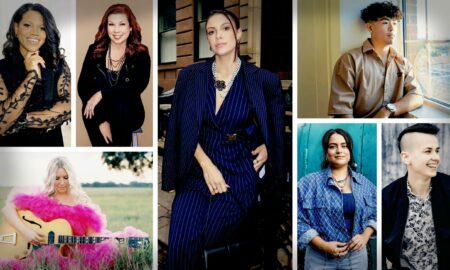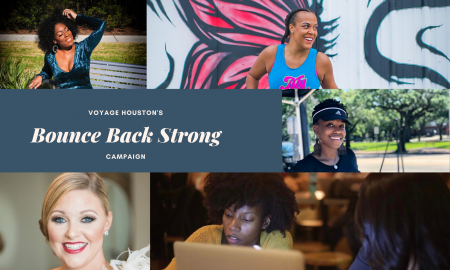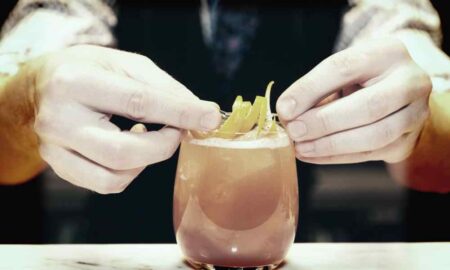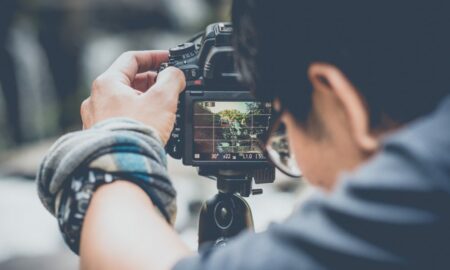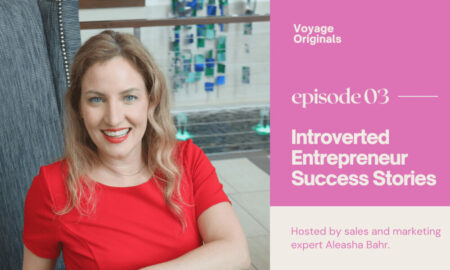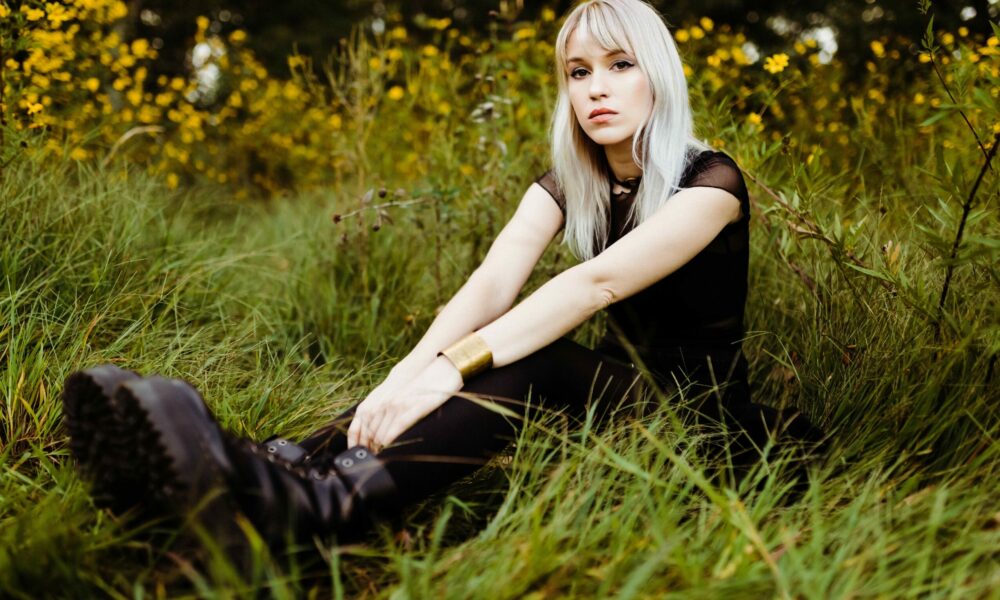

Today we’d like to introduce you to Jenna Fournier.
Hi Jenna, so excited to have you with us today. What can you tell us about your story?
My childhood was split between Las Vegas and Cleveland. I moved back and forth four or five times, and I never quite adjusted to either culture. I was academically ‘gifted’ but had selective mutism in grade school. I spent a lot of time drawing, and I suppose you could argue that’s where my art career began. My younger brother learned guitar before I did. He would cover songs, and I would hang out in his room and sing along. I moved away from home within weeks of turning 18, back to Las Vegas, which I preferred over the small-town life, only this time on my own. There I got involved with a musician in a relationship that became very abusive. I was isolated most of the time without a car, phone, or computer. But there was an acoustic guitar. He had taken it off of an antique statue of Elvis, and it actually played. I would pluck single notes up and down one string at a time. I didn’t know what a ‘chord’ was, but I had a natural sense for melody and a lot to purge, and I started writing songs that way. When I finally had the strength to leave for good, I started searching the back pages of the Las Vegas Weekly for opportunities to perform as a singer. I would meet strangers and audition for various projects, including one that seemed promising and set me up with someone to teach me bass guitar for a teen girl band that was being put together and needed a blonde to finish the look. I spoke with a record label at age 19, who told me I was “almost too old for the music industry” and wanted to shoot me nude, which he described as ‘the scene of Jenny in Forest Gump.’ Instead of joining the project, I decided to leave Las Vegas.
Back in Ohio, I lived with family and poured myself into art and songwriting. I would hole up in my room and just paint or write. I got a job as a waitress and bought myself community college art classes and guitar lessons from a local teacher. He helped me not only with music theory and scales but with processing what I’d been through after hearing my lyrics, which recounted intimate details of violence. He also encouraged me to battle my anxiety and go out and play open mics to share my experiences. So, I found as many as I could and played them all, eventually finding community through music and forming a band. I also connected with an art agent who helped me show my paintings in galleries around the country. My first band went on to tour quite a bit but broke up after a few years. I went on to open an art gallery and joined Niights. The gallery may have been a casualty of the 2008 economic crisis, but the band still plays together over a decade later, though along the way, I’ve tried my hand at acting and branched out with my solo music as well. I’ve toured most of the country and been able to tour Japan four times with the help of a Japanese indie label. Niights has released an EP and two full albums, the latest with a US label that we were signed with from 2015-2020. I’ve illustrated kids’ books, taught private art/music lessons, as well as taught art to adults with developmental disabilities. I still paint and exhibit in galleries. Over the years, I’ve found a passion in recording and music production, and I’m now most interested in sharing my solo work experimenting with sound design, and building up my home studio.
Can you talk to us a bit about the challenges and lessons you’ve learned along the way? Looking back, would you say it’s been easy or smooth in retrospect?
It has not been a smooth road, but growth is not always linear. I’ve had struggles with my (former) record label and struggles with fans that become stalkers or harass me online. There have been a few cyber-bullies and real-life rumors that made their way back around to me. I’ve had to learn to grow a thick skin without corroding the inner sensitive nature that is the very thing that allows an artist to spawn poignant, evocative work. Being a woman in music and production of course, comes with considerable challenges, and it can be maddening and exhausting to navigate. I’ve butted heads with my bandmates, either over our business approach or the creative direction. But the biggest challenge might be finding the means to bring my ideas to life with limited time and resources. I still struggle with this. I worked as a bartender for ten years to make ends meet, and now as a full-time freelance artist, I hustle even harder to stay afloat, even with continued support from a small handful of dedicated people who believe in me enough to invest in me. Music is a tough industry to make money in, and Cleveland is a tough city for artists to thrive in.
Thanks – so, what else should our readers know about your work and what you’re currently focused on?
My big project of the year is releasing my first full-length solo album. It will be the debut ‘Kid Tigrrr’ record, which I recorded and produced from home, then brought to a studio to finish up with live-drums, cleanup, some re-tracking, and a professional mix & master. It maintains my pop sensibility and atmospheric shoegaze influence, but it’s more experimental for me. I was learning electronic production in the writing and recording process. Lyrically, it’s a very personal collection of songs centered on coping, survival, and my own healing process. In writing more openly and courageously, I hope to open doors for conversations about difficult or stigmatized subjects.
What sort of changes are you expecting over the next 5-10 years?
The rise of AI writing music, narratives, lyrics, and generating ‘art’ is a MASSIVE shift to navigate morally, ethically, and professionally.
AI-generated work can take value, income, and opportunities away from actual artists. It can also be a tool for creators in all mediums. There is a sort of flowery philosophy floating around that art is a conversation we are all having together, so doesn’t AI further connect us all by processing huge amounts of diverse data to create what is truly a collaborative piece of work? The problem with this is that we live in a society that requires humans to work for a paycheck for survival, and a person can now generate a few images and monetize them, while the artists whose work was derived from is not asked for consent, protected, or compensated. As this becomes normalized and more widely accepted, the role of the artist in society is going to change, but I have faith that there will always be people who will crave the human-told and hand-made.
Contact Info:
- Website: https://kidtigrrr.bandcamp.com/
- Instagram: https://www.instagram.com/kid.tigrrr/
- Facebook: https://www.facebook.com/kid.tigrrr.music
- Twitter: https://twitter.com/NIIGHTStheBAND
- Youtube: https://www.youtube.com/user/NIGHTStheBAND
- Other: http://niightsband.com/
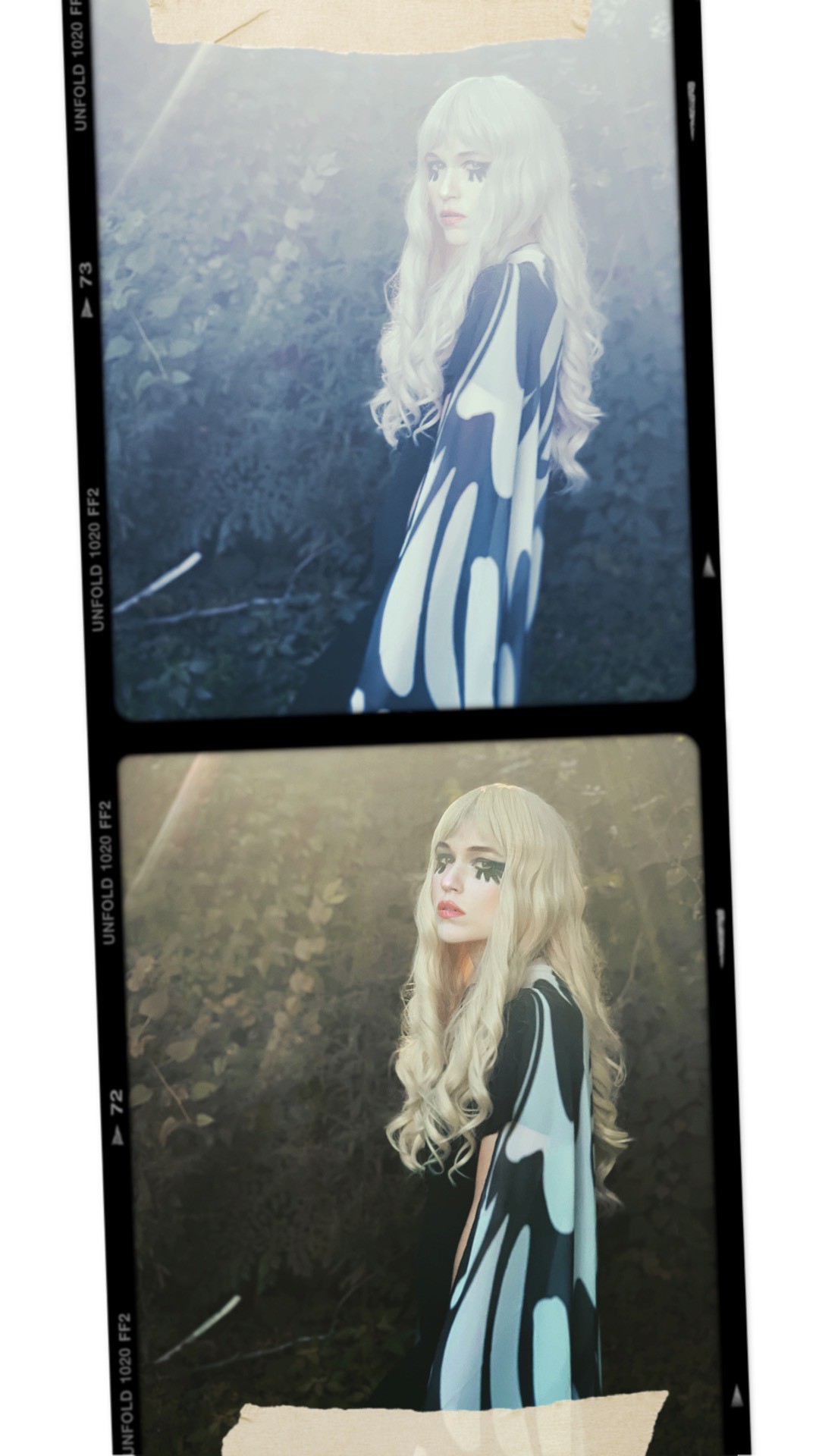
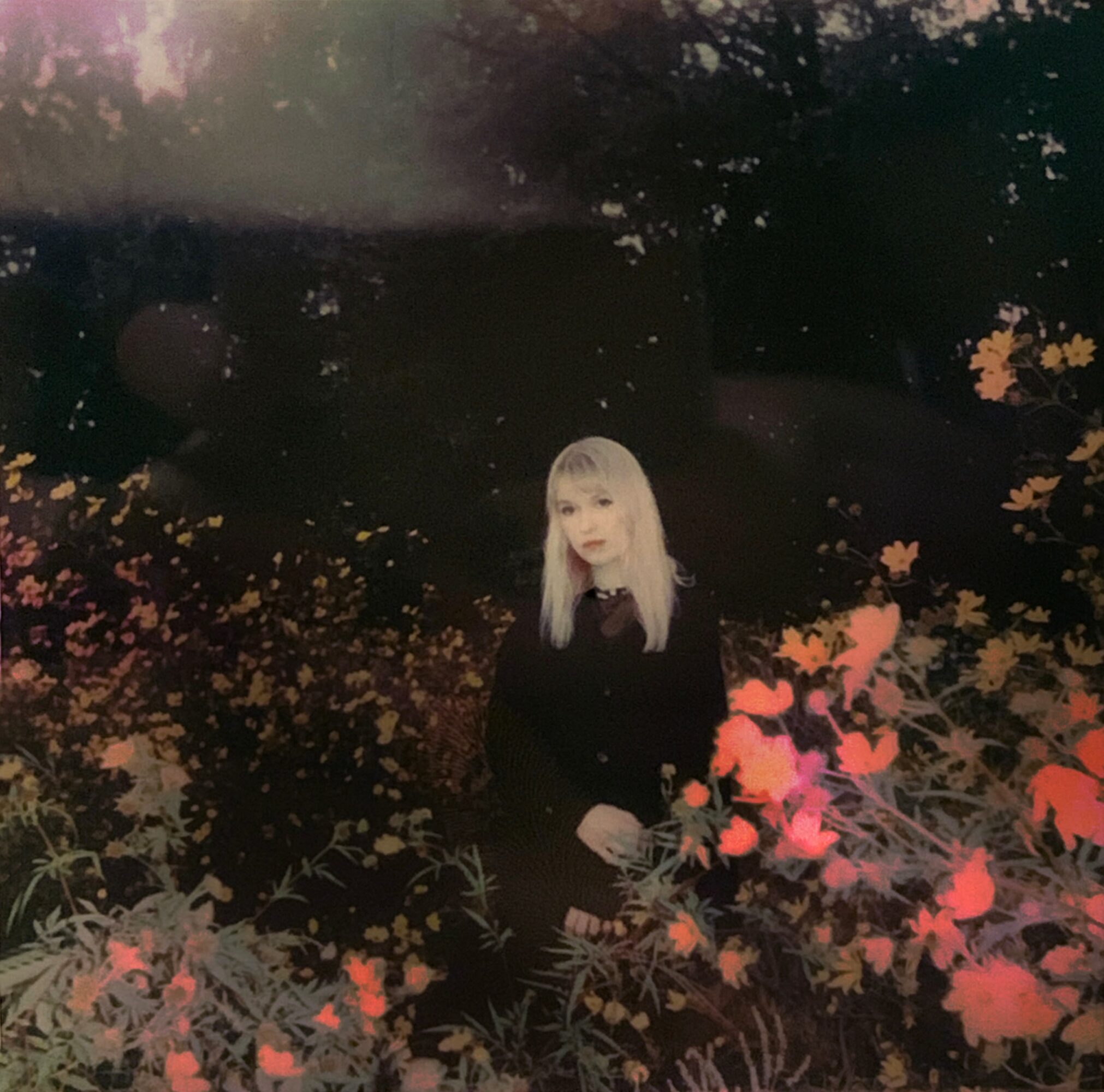
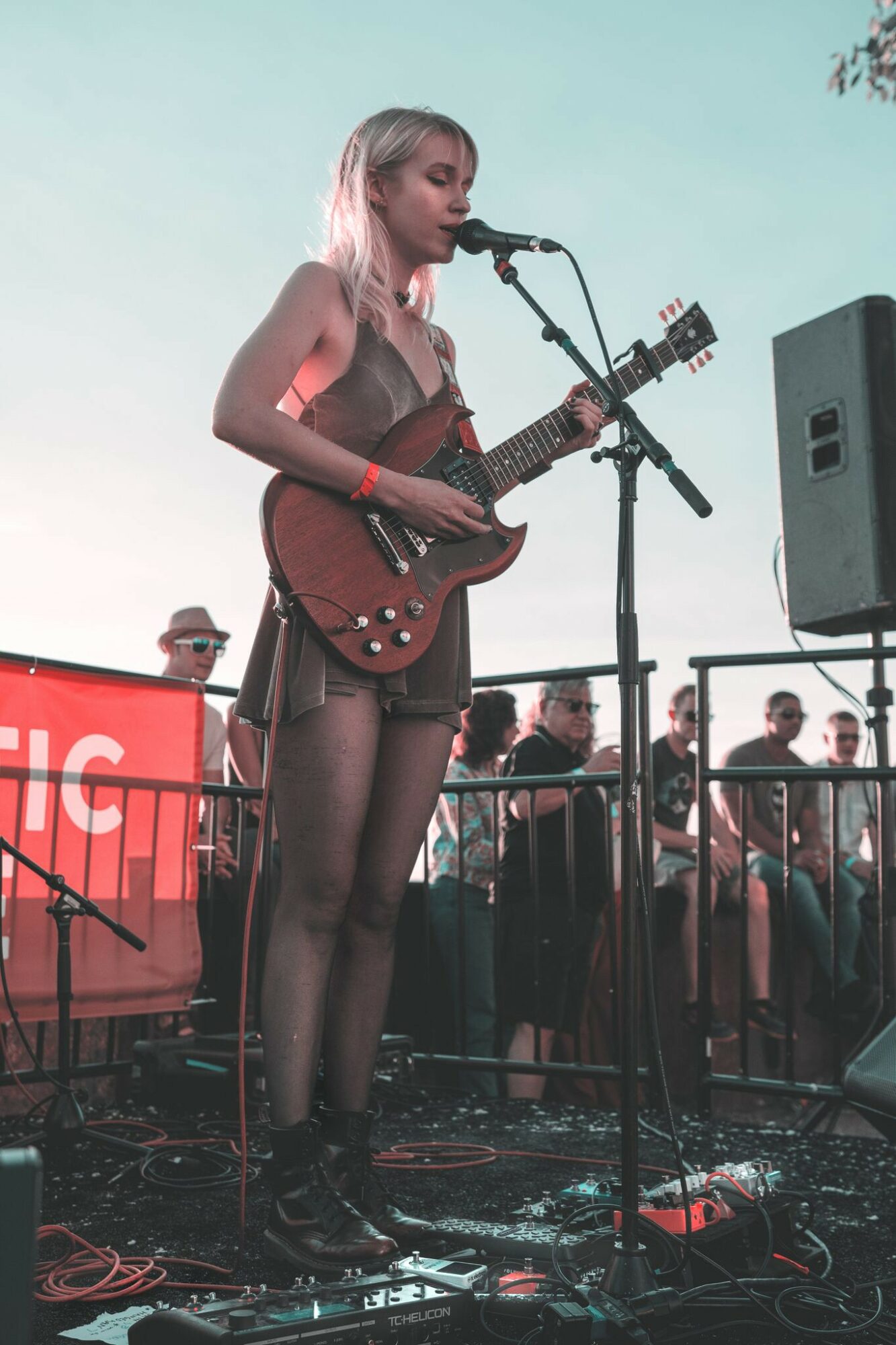
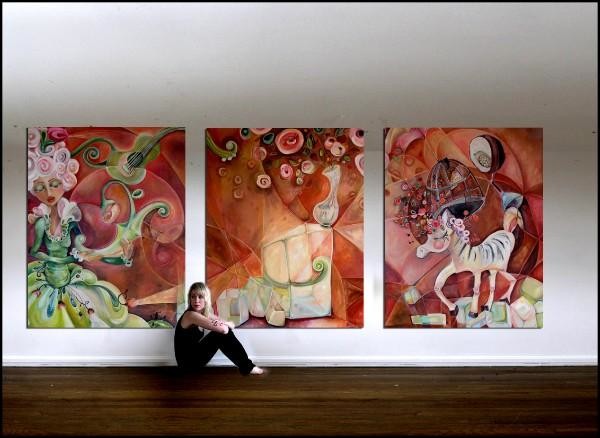
Image Credits
Amber Patrick
Jarrod Berger

